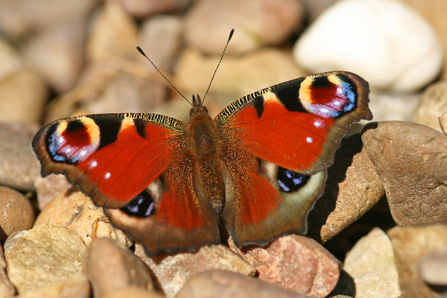Nettles are a very common sight to see in our hedgerows and gardens. Liking soils with a high nitrogen content, they are a good indicator of soil fertility.
Nettles grow from a rhizome, a kind of nutrient-rich stem that stores energy under the ground, from which the roots grow. They can spread out from this rhizome, sending shoots underground to colonise new patches of soil. It is because of this rhizome that they are so hard to get rid of, but maybe getting rid of them isn’t always necessary.
Many readers are probably aware that you can eat nettles, nettle soup being the most famous recipe, but we aren’t the only creatures that dare to eat them!
Though most large herbivores avoid nettles due to their sting, caterpillars have no such aversion. In fact, nettles are the preferred food plant of many of our most famous and colourful butterflies. Species like the peacock and tortoiseshell butterflies frequently rely on nettles to harbour their young, and without them, we would likely see far less of them.


